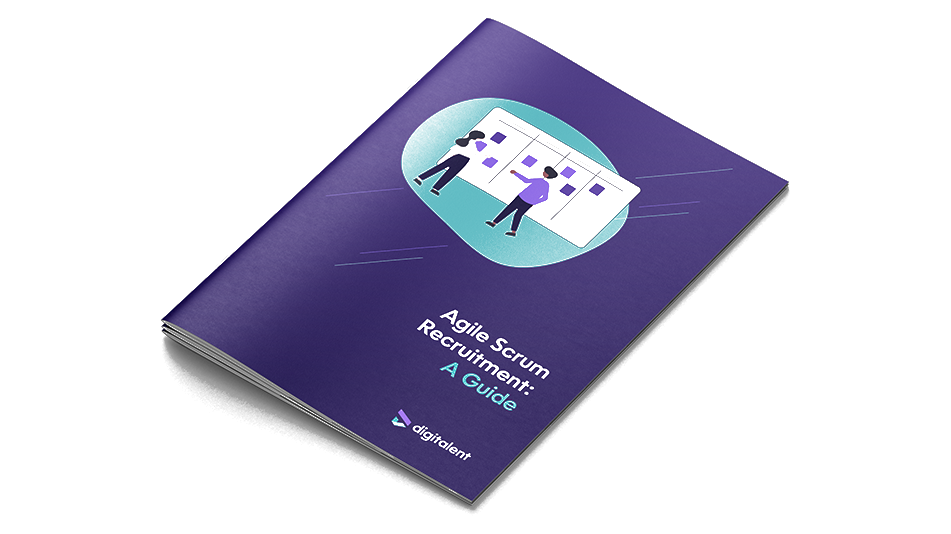80% of design leaders believe AI will reshape their teams in the next 12 months but only 1 in 5 feel ready. As AI tools become more prevalent, the pressure mounts for design teams to adapt quickly. However, many teams find themselves unprepared for this shift. Leadership plays a crucial role in bridging this gap, ensuring that teams are not only ready but also excited about the possibilities AI brings. A structured, team-level transformation is essential to navigate this change effectively.
TL;DR
-
Most design teams aren’t AI-ready! Not because of tools, but because of skill gaps, mindset blocks, and siloed structures.
-
This blog gives you a practical, 90-day roadmap to build AI literacy and capability into your design team without losing UX integrity.
-
You’ll learn what AI literacy actually means for designers, how to structure a phased transformation, and which skills matter most.
-
Includes a real-world case study, common pitfalls to avoid, and a free checklist to assess your team’s readiness.
Why AI Literacy is Now a Design Leadership Priority
Today, the digital landscape is fast-paced. AI literacy has become a priority for design leadership. The expectations for design teams to seamlessly work with AI tools are rising. This shift presents a skills gap that poses organisational risks if not addressed. The impact extends beyond hiring; it influences company culture and the quality of user experience (UX). Design leaders must prioritise AI literacy to maintain competitive advantage and foster innovation.
What Does ‘AI Literacy’ Actually Mean for Designers?
AI literacy in design teams involves understanding and effectively using AI tools to enhance design processes. It means being able to interpret AI-generated data, integrate AI into UX design, and collaborate with AI specialists. This literacy is crucial for staying competitive and delivering innovative solutions.
How to Transform Your Design Team with AI in 90 Days
Weeks 1–4: Assess and Align
- Team Audit: Begin with a comprehensive audit of your team's current skills, mindset, and exposure to AI. This will help identify gaps and areas for improvement.
- Leadership Buy-In: Secure buy-in from leadership to ensure alignment and support for the transformation process. Clear internal messaging is crucial to set the tone and expectations.
- Introductory Workshops: Consider hosting workshops or engaging external training providers to introduce AI concepts and tools to your team.
Weeks 5–8: Integrate and Experiment
- Design + AI Collaboration: Introduce practices that encourage collaboration between design and AI teams. This could involve joint brainstorming sessions or collaborative projects.
- Low-Stakes Projects: Start with low-stakes projects to test AI tools and methodologies. This allows teams to experiment without the pressure of high-stakes outcomes.
- Pairing Specialists: Pair AI specialists with UX leads to foster knowledge exchange and build confidence in using AI tools.
Weeks 9–12: Embed and Optimise
- Define Roles: Clearly define AI-in-design roles to ensure everyone understands their responsibilities and contributions.
- Internal Playbooks: Develop internal playbooks and governance models to guide AI integration and ensure consistency.
- Learning Pathways: Establish learning pathways to support ongoing growth and development in AI literacy.

How to Integrate AI into UX
Integrating AI into UX involves several key steps:
- Personalise Interfaces: Use AI to tailor user interfaces to individual preferences and behaviours.
- Automate Tasks: Implement AI to automate repetitive tasks, freeing up designers for more creative work.
- Data-Driven Insights: Leverage AI to provide insights that inform design decisions and enhance user experiences.
By integrating AI, design teams can create more intuitive and responsive user experiences.
What Skills Do Designers Need to Work with AI?
Designers must acquire new skills to thrive in the AI era, including:
- Prompting and Automation-Aware UX: Understanding how to design interfaces that leverage AI-driven automation.
- Data Interpretation: The ability to interpret data and use it to inform design decisions.
- Model Limitations and Bias: Recognising the limitations and biases inherent in AI models to ensure ethical design practices.
Tools to learn now include Figma with AI plugins, ChatGPT, Midjourney, and Runway ML.
Want to see this in action?
Why Multidisciplinary AI Collaboration is Crucial
Breaking down silos between AI engineers and design teams is crucial for successful integration. Real-world examples demonstrate how effective AI-UX collaboration can lead to innovative solutions. Processes that enable cross-functional flow include regular communication, shared goals, and collaborative problem-solving.
Real World Case Study: Transforming a Design Team at a Series A Startup in Sydney
One of Digitalent's clients in Sydney is a Series A startup in the fintech sector. The Co-Founders faced initial challenges in integrating AI into their design processes. By structuring a 90-day rollout supported by Digitalent, they successfully transformed their team. Key results included a 30% reduction in prototype cycles and a 50% decrease in iteration time due to the adoption of Midjourney. The team also reported a significant boost in creativity and morale, as AI tools allowed them to focus more on strategic design elements rather than routine tasks. Lessons learned highlight the importance of clear communication and continuous learning, as well as the need for ongoing support from leadership to sustain momentum.
What Are the Common Mistakes When Adopting AI in Design?
Avoid these common mistakes when adopting AI into design:
- Rushing the Process: Moving too quickly without a solid foundation can lead to confusion and resistance.
- Overloading Teams: Ensure workloads are manageable to prevent burnout and maintain morale.
- Neglecting Ethics: Ethical considerations and governance conversations are essential to responsible AI use.
- Viewing AI as a Tool Only: Treat AI as a capability that enhances human creativity, not just a tool.
For more insights on how to build a compliant AI team, check out our blog on How To Build A Scalable, Compliant AI Team Without In-House Expertise.
Conclusion
This 90-day transformation blueprint provides a structured approach to integrating AI into design teams. By reducing risk and accelerating capability, design leaders can ensure their teams are prepared for the future. To learn more, speak to one of of our expert team today.
FAQ
Here are answers to the top questions we hear from design leaders:
1. What is AI literacy in design teams?
AI literacy involves understanding and using AI tools to enhance design processes, interpret AI-generated data, and collaborate with AI specialists.
2. How can AI be integrated into UX design?
AI can be integrated by personalising interfaces, automating tasks, and leveraging data-driven insights to enhance user experiences.
3. Why is multidisciplinary collaboration important?
Collaboration between AI engineers and design teams fosters innovation and ensures seamless integration of AI into design processes.
Action Plan
Want to get started faster? Ask one of our team about our AI Readiness Checklist for Design Teams or book a free 1:1 consultation call with one of our consultants. Begin the process next week by assessing your team's current capabilities.

